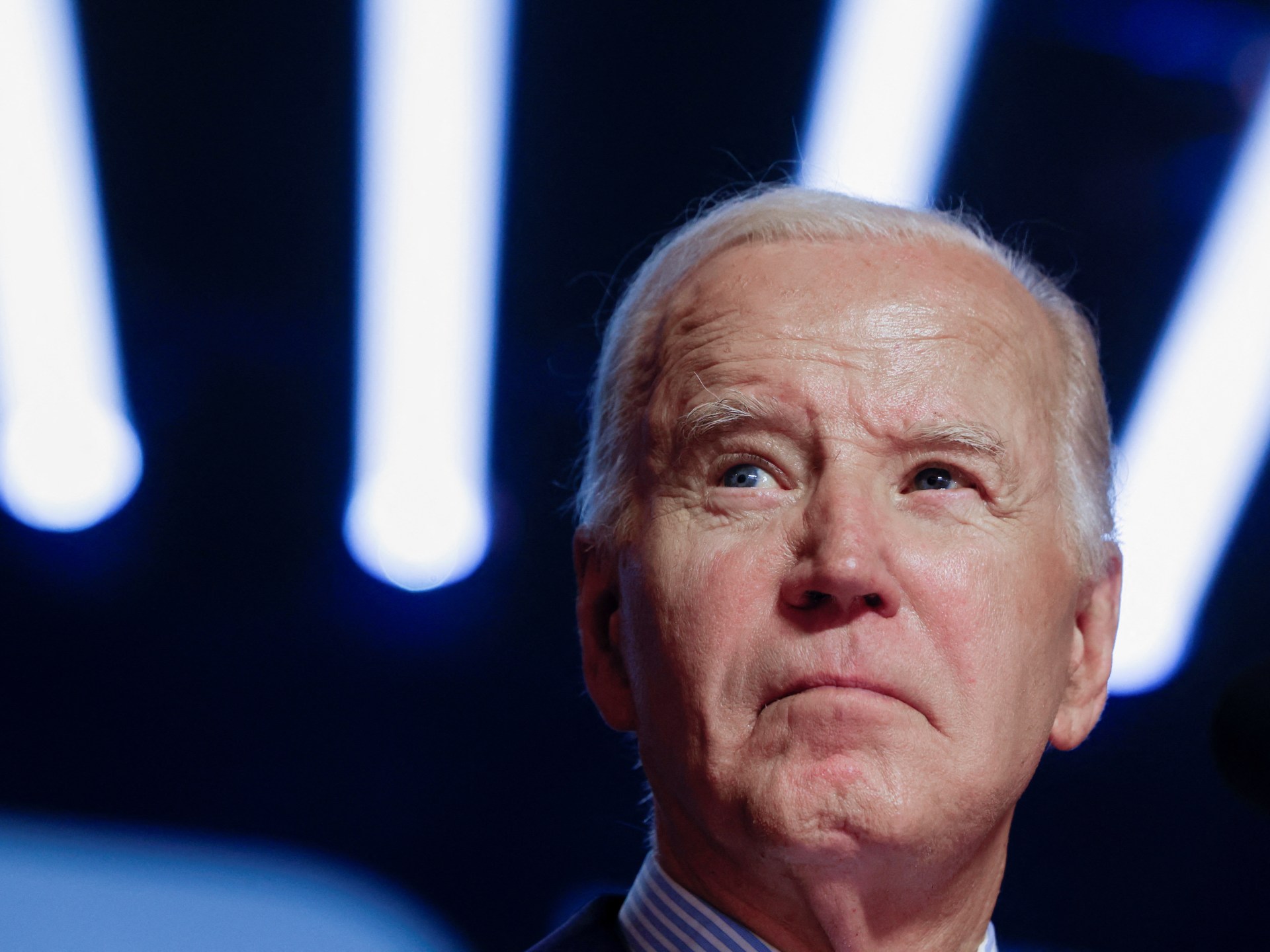
Japanese Prime Minister Fumio Kishida speaks during a parliamentary session of the House of Representatives in Tokyo on Monday, March 18, 2024. Kishida said in a parliamentary session that North Korea fired “a number” of ballistic missiles into the waters between the Korean peninsula and Japan. (Kyodo News via AP)
SEOUL, South Korea (AP) — North Korea fired several short-range ballistic missiles into its eastern waters Monday morning, according to its neighbors, days after the end of South Korean-U.S. military exercises that the North sees as a dress rehearsal for an invasion.
The launches – North Korea’s first known missile testing activity in about a month – came as U.S. Secretary of State Antony Blinken was in Seoul for a democracy summit. Outside experts had previously predicted that North Korea would expand its missile tests and step up its bellicose rhetoric ahead of the U.S. presidential election in November to bolster its influence in future diplomacy.
Japan’s Defense Ministry said North Korea fired three missiles, two simultaneously at 7:44 a.m. and the other about 37 minutes later. Japanese Prime Minister Fumio Kishida told a parliamentary session that the North Korean missiles landed in the waters between the Korean peninsula and Japan, all outside Japan’s exclusive economic zone, and that no damage or injuries were reported.
Kishida condemned North Korea’s repeated ballistic missile tests as acts “that threaten the peace and security of Japan, the region and international society.” He said Japan had strongly protested against North Korea over its testing activities, saying they had violated U.N. Security Council resolutions banning the North from any ballistic activities.
The South Korean military said it also detected “several” suspected North Korean short-range ballistic launches on Monday morning. The Joint Chiefs of Staff called the launches a “clear provocation” that threatened peace on the Korean Peninsula. It said South Korea would remain ready to repel any provocation from North Korea based on its solid military alliance with the United States.
According to Japanese and South Korean estimates, the North Korean missiles fired from the capital region traveled a distance of about 185 to 220 miles and reached a maximum altitude of about 30 miles. Observers say the missiles’ combat distances suggest they are weapons aimed at key installations in South Korea, such as the military headquarters in the central region.
The US State Department condemned the launches, saying they posed a threat to neighbors to the north and undermined regional security. A State Department statement said the U.S. commitment to the defense of South Korea and Japan remains “ironclad.”
The US has a total of 80,000 troops stationed in South Korea and Japan, the backbone of its military presence in the Asia-Pacific region.
During military exercises between South Korea and the United States that ended on Thursday, North Korean leader Kim Jong Un led a series of military training exercises involving tanks, artillery pieces and paratroopers and called for greater combat capabilities. The 11-day South Korean-U.S. exercises included computer-simulated command post training and 48 types of field exercises, twice as many as last year.
However, the North did not conduct missile tests while its rivals were training. Its missile tests are seen as a much bigger provocation as North Korea pushes hard to equip its missiles with nuclear warheads to attack the U.S. mainland and its allies. Many experts say North Korea already has nuclear-armed missiles capable of reaching all of South Korea and Japan, but does not yet have operational long-range missiles capable of hitting the U.S. mainland.
Before Monday’s launches, North Korea last conducted missile tests in mid-February, firing cruise missiles into the sea.
Hostilities remain high on the Korean peninsula after North Korea conducted a spate of missile tests since 2022. Many of the tests involved nuclear-capable missiles intended to attack South Korea and the U.S. mainland. The U.S. and South Korean militaries responded by expanding their training exercises and trilateral exercises involving Japan.
Experts say North Korea likely believes that a larger weapons arsenal would increase its influence in future diplomacy with the United States. They say North Korea wants to achieve comprehensive sanctions relief while retaining its nuclear weapons.
Concerns about North Korean military actions have increased since Kim vowed in a speech in January to rewrite the constitution to eliminate the country’s long-standing goal of pursuing peaceful unification of the Korean peninsula and cement South Korea as its “immutable main enemy.” . He said the new charter must stipulate that if another war broke out, North Korea would annex and subjugate the South.
Observers say North Korea could launch limited provocations along its tense border with South Korea. But they say the prospects for a full-scale attack by North Korea are grim because North Korea knows its military is superior to U.S. and South Korean forces.
___
Yamaguchi reported from Tokyo. Associated Press writer Yuri Kageyama in Tokyo contributed to this report.
___
Follow AP’s Asia Pacific coverage at https://apnews.com/hub/asia-pacific






Recent Comments